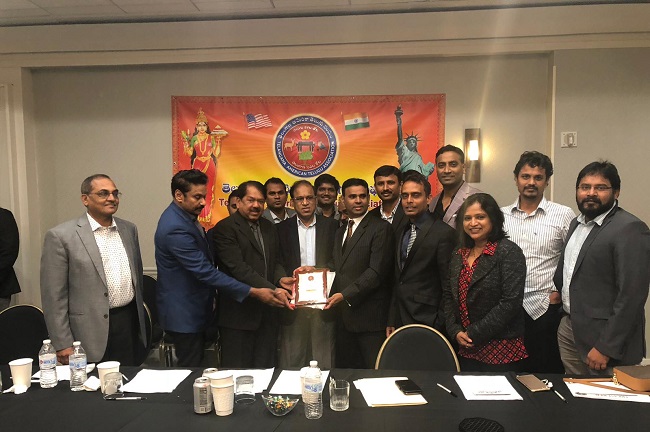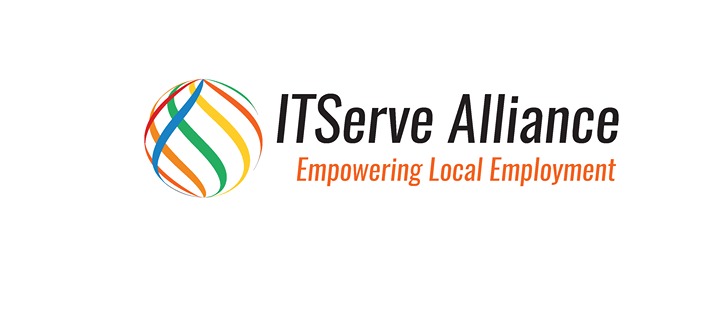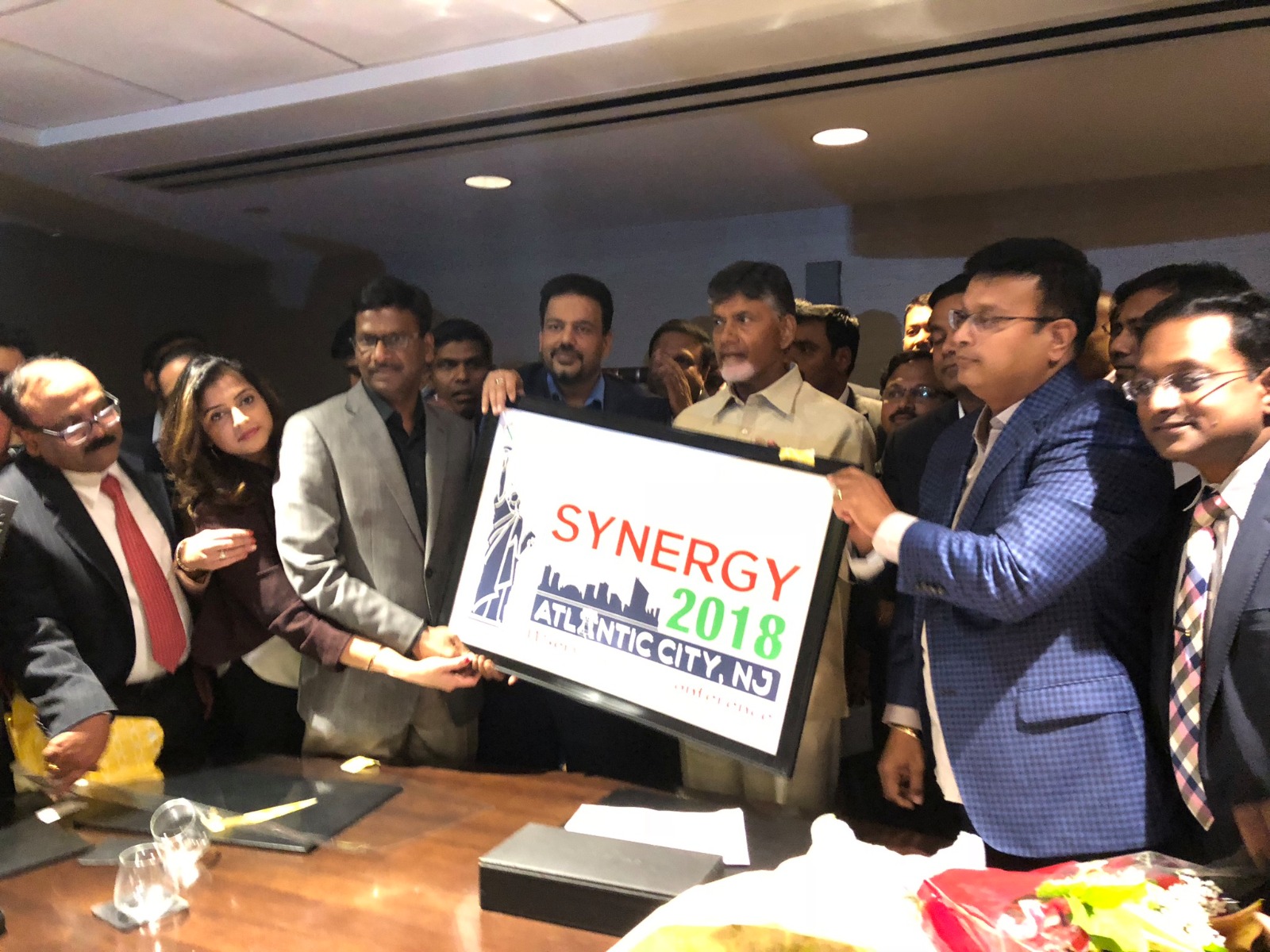Telangana News

Why August 15 chosen as Independence Day?
Initially January 26th, was considered as the independence day, after Jawaharlal Nehru the then Congress president, in 1929, gave the call for ‘Poorna Swaraj’ or total independence from British colonial rule.
Even, the Congress party celebrated the same from 1930 onwards, till India attained independence and January 26, 1950 was chosen as the Republic Day – the day India formally became a sovereign country and was no longer a British Dominion.
Here's why August 15th became India’s independence day?
British parliament has given Lord Mountbatten a mandate, to transfer the power by June 30, 1948. If he had waited till June 1948, in C Rajagopalachari’s memorable words, there would have been no power left to transfer. Mountbatten thus advanced the date to August 1947.
Mountbatten, then claimed that he was advancing date, to ensure no riots or bloodsheds. He, later was proven wrong, and tried to justify it saying, “wherever colonial rule has ended, there has been bloodshed. That is the price you pay.”
According to Mountbatten’s inputs, on July 4, 1947, the Indian Independence Bill was introduced in the British House of Commons and passed within a fortnight. It provided for the end of the British rule in India, on August 15, 1947, and the establishment of the Dominions of India and Pakistan, which were allowed to secede from the British Commonwealth.
Later, Mountbatten claimed, as quoted in Freedom at Midnight, that “The date I chose came out of the blue. I chose it in reply to a question. I was determined to show I was the master of the whole event. When they asked had we set a date, I knew it had to be soon. I hadn’t worked it out exactly then — I thought it had to be about August or September and I then went out to the 15th August. Why? Because it was the second anniversary of Japan’s surrender.”
Japanese Emperor Hirohito, on August 15th, 1945, has given a recorded radio address (which later came to be known as the Jewel Voice Broadcast), announcing Japan's surrender to the Allies. Mountbatten heard the news, sitting in Churchill’s room, and as the Supreme Allied Commander of South East Asia Command signed the formal Japanese surrender of Singapore on September 4, 1945.






